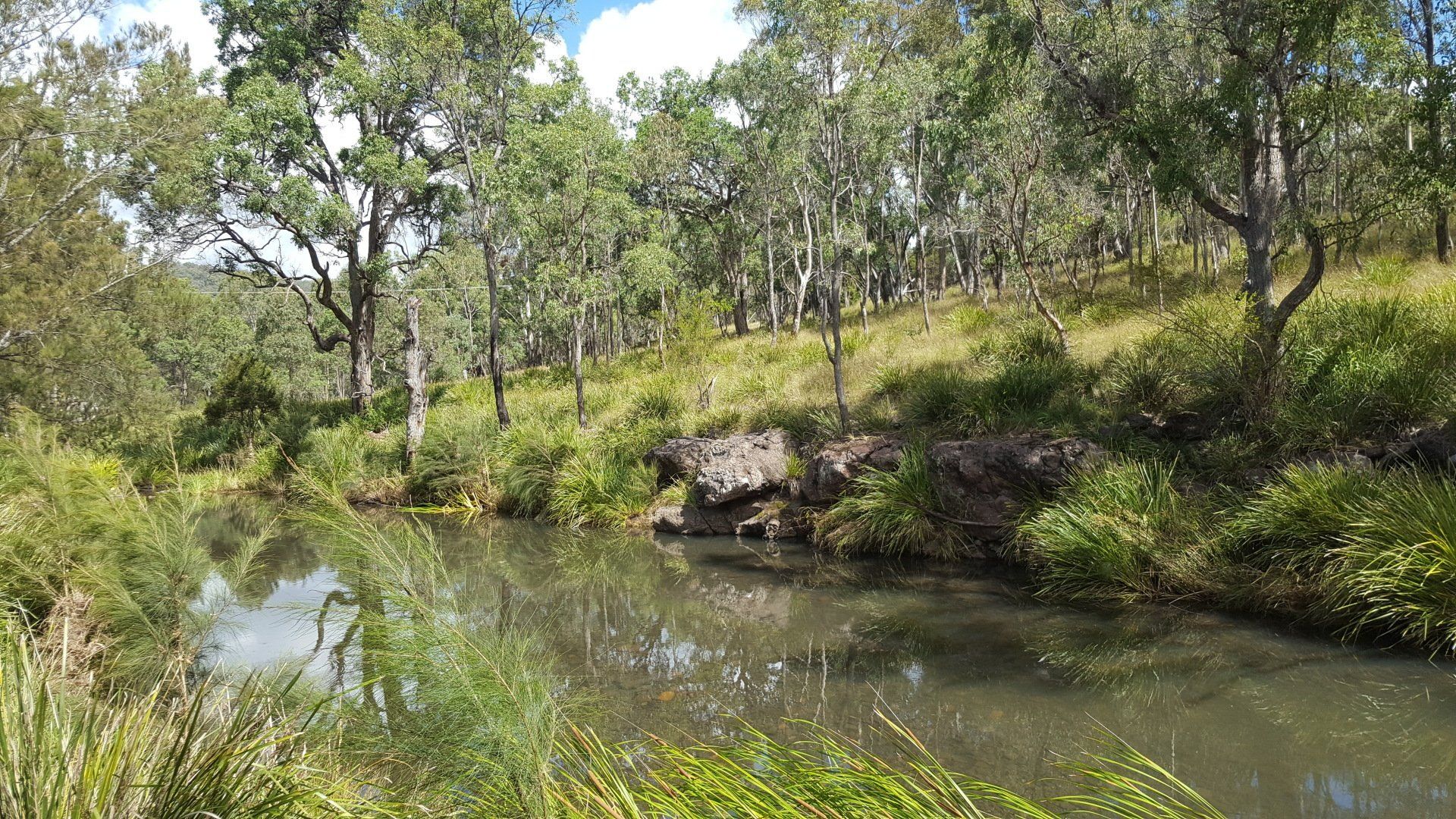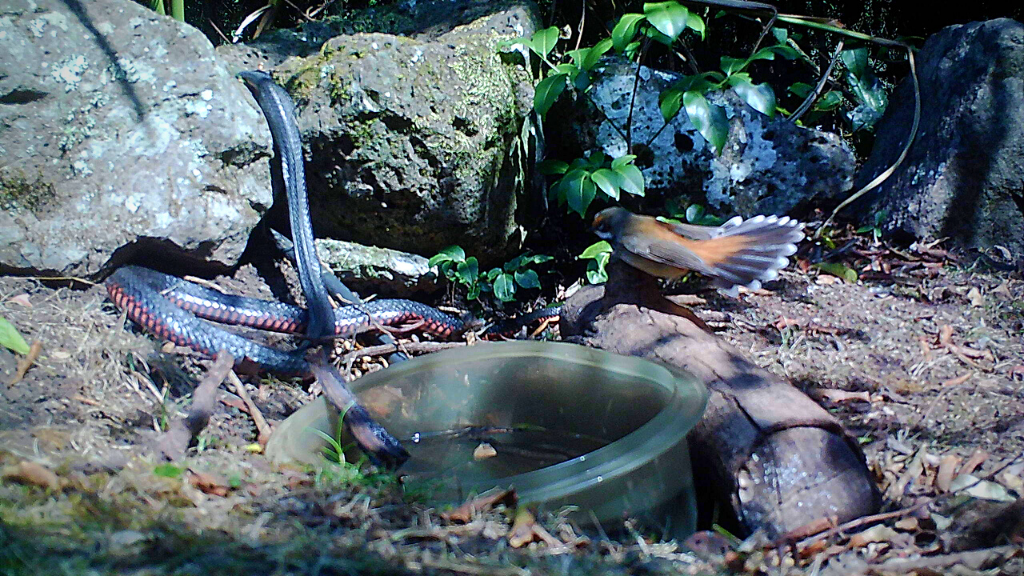22 September 2025
About this Role The Project Leads role works closely with the Program Delivery Manager and Programs Manager to deliver projects against the Strategic Plan. The role requires high level project development and management skills with experience working within regional communities, to facilitate positive and sustainable transformation of agricultural practices and environmental stewardship. A key function of the role is the leadership and development of a team of Project Officers and external contractors to be a high performing team that ensures projects are delivered commercially and to customer and stakeholder expectations. Project Leads will bring a growth mindset with the capacity to overcome challenges, embrace learning opportunities, and continuously improve products and services. Location Any Southern Queensland Landscapes office location (Toowoomba, Charleville or Roma). Key Responsibilities Support the Program Delivery team to develop and deliver sustainable agriculture and natural resource management programs, on time and to budget, informed by effective project performance analysis. Delivery of all program reports, including funding acquittals, while maintaining strong communication and relationship with funders. Develop the team through training, coaching and mentoring, while enhancing the systems and tools that support program delivery, to enable a team of Project Officers and contractors that deliver customer service levels that are best in the sector. Support the team to conduct farm and other site visits to assess land manager constraints and opportunities and propose suitable, innovative solutions to achieve on-farm adoption through support for land management practice change, including negotiating co-contribution agreements with a demonstrated commercial mindset. Support the team to plan and deliver innovative extension activities, knowledge transfer artefacts, and media outputs. Collaborate with diverse stakeholders, including farmers, researchers, community groups, First Nations and aligned industry partners to identify partnership opportunities and strategically leverage current programs to optimise delivery and business outcomes. Supporting the Program Delivery Manager and Programs Manager in the development phase of programs and the Business Development function. Support the Leadership team to deliver priority operational programs and cross business functions against the Strategic Plan. Embrace and model the behaviours and culture of a high-performance team. Key Requirements Tertiary qualifications in Business Management, Agricultural or Environmental Science, or other relevant field, with experience in a similar role and a level of skills sufficient to perform the role. Demonstrated ability to lead multiple complex projects with a range of stakeholders. Demonstrated high level experience in systems to plan, schedule, and track multiple programs of work to deliver on time and to budget. Demonstrated experience in industry extension principles and practices and in successfully engaging with and providing capacity building activities for the agricultural and land management sectors. Demonstrated ability and experience in developing and leading a high performing, diverse team through fostering strong performance and constructively navigating challenges as they arise. Extensive experience working with landholders, contractors and other stakeholders. Excellent written and oral communication skills, including the ability to communicate with influence, to a diverse client base including landholders, industry groups, and government. A growth mindset with the capacity to overcome challenges, embrace learning opportunities, and continuously improve products and services. Our Shared Commitment At Southern Queensland Landscapes, we value a safe, respectful, and high-performing workplace. As part of our team, you’ll be required to: Uphold the organisations values and act with integrity, professionalism, and respect in all interactions with colleagues, stakeholders, and the community. Follow all company policies and procedures, your employment contract, and relevant legislation. Actively contribute to a safe work environment by applying our workplace health and safety (WHS) policies, demonstrating due diligence, commitment and care. Respect confidentiality and privacy requirements when handling sensitive information, in accordance with relevant privacy laws, policies and procedures. Be adaptable and undertake any reasonable duties across our teams and locations, supporting Southern Queensland Landscapes’ broader strategic objectives. Seek and support continuous improvement by regularly reflecting on how we do things – individually, as a team, and across the business. Embrace our continual learning culture by participating in training and professional development that enhances your skills and impact. Be prepared to work outside of normal hours on occasion to meet project or organisational requirements. Undertake any mandatory training within a reasonable timeframe. Hold and maintain a valid driver’s licence. Be willing to travel, including overnight stays, as reasonably required.











